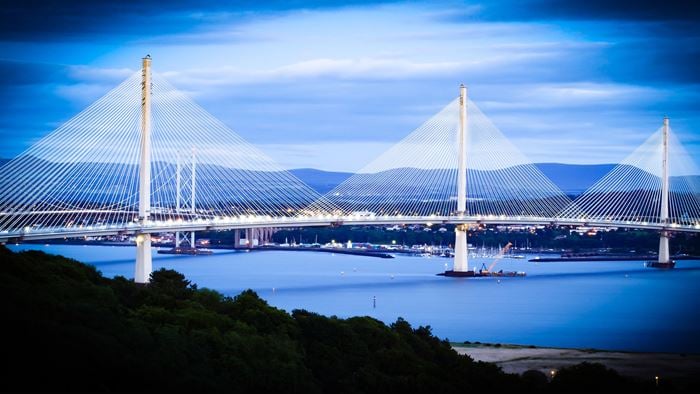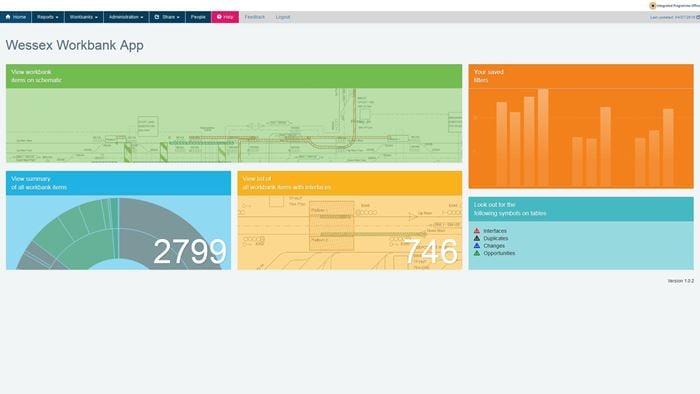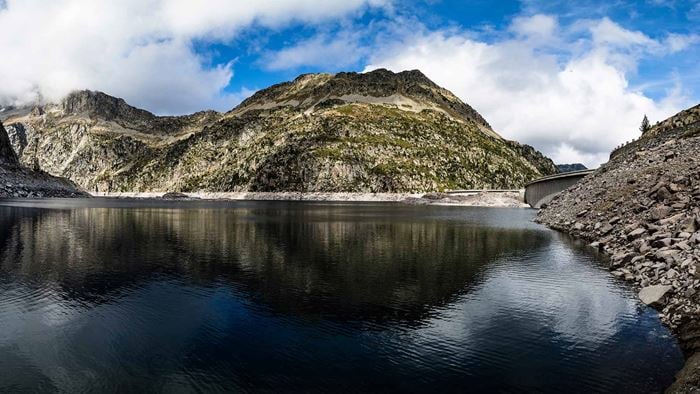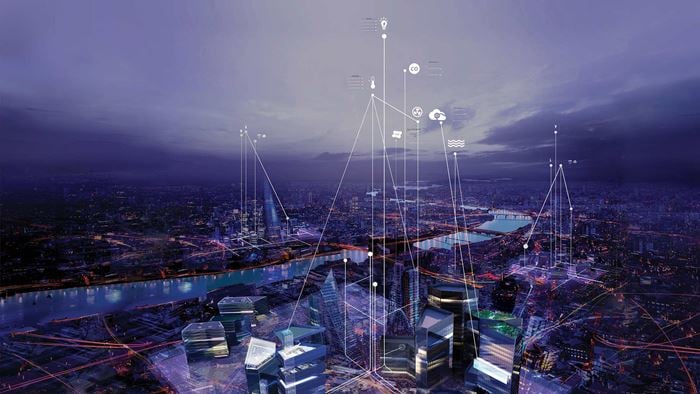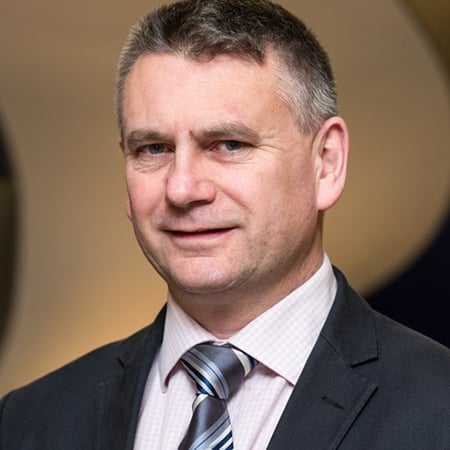Arup teams from across the UK, Australia and the USA have been working with the Economic and Social Research Council (ESRC) and the UK research consortium Twenty65 to understand how digital technologies and processes will act in the water sector.
Supported by Sheffield University and coordinated by Arup, the Digital Tide project,was designed to delve further into the intersection between digital and water, aiming to understand the implications for the water industry and our clients. The project has resulted in the development of the Digital Tide cards. These cards provide ‘storyboard’ material to allow the water and utilities sectors to discover and map digital tools. The cards provoke discussion about how emerging technologies could disrupt the way the water sector operates, equipping different stakeholders in diverse geographies with the tools to outline what their future could look like.
Project Summary
35% of companies’ revenues worldwide are digitized
$14 bnthe value of global smart water market by 2024
13% of UK companies ready to respond to digital disruption
Digital disruptions are changing the rules of business
Scalable digitally networked business models, like those of Amazon and Airbnb, are affecting companies in every industry. This shift may be a distant concern to many industries. However, the water sector has a considerable amount of inherent inertia due to its capital-intensive infrastructure. There are opportunities for those willing and able to exploit the digital advantages to deliver a better, cheaper and more resilient water future.
The potential impact
Our Digital Tide initiative is exploring digital disruption from different angles. Taking both a business-as-usual position, but also considering the position of organisations actively seeking to take up the benefits of a technical digital maturity. The latter will require new ways of thinking, collaborating and working across sectors and stakeholders.
“With the customer and consumer at the heart of how water utilities are re-shaping themselves, it’s incredibly timely that we’re investigating how digital and data analytics tools can enable a step change in our responsiveness. ”
Martin Shouler London Water Leader
The five key elements
As part of this initiative, Arup has identified 40 digital disruptors and developed a set of cards which assess the potential impact on the water sector. Each disruptor has been categorised into one of the following five elements:
Sensing: Improved sensor technology, and the potential for more distributed and diverse data sources, will change the way we measure and evaluate both quantitative observations and qualitative experiences.
Connectivity: The connection of a vast number of sensors, objects and people into a common network presents an opportunity to exchange insights and instruction, and enable new services and interactions.
Data: Technical advances in data storage and processing power promise to have a transformative effect on the speed, resolution and richness of a variety of systems.
Automation: Advanced digital intelligence and mechanical dexterity are coming together to create new possibilities for improved efficiency and decision-making.
Networks: Digital networks provide an opportunity for data to be exchanged for mutual benefit, shared vision, and as part of business models to produce better profiles of risk, reward and customisation.
 ;
;


.jpg?h=394&mw=700&w=700&hash=C42DDA16A59FE7E74CAED63058377CAC)
